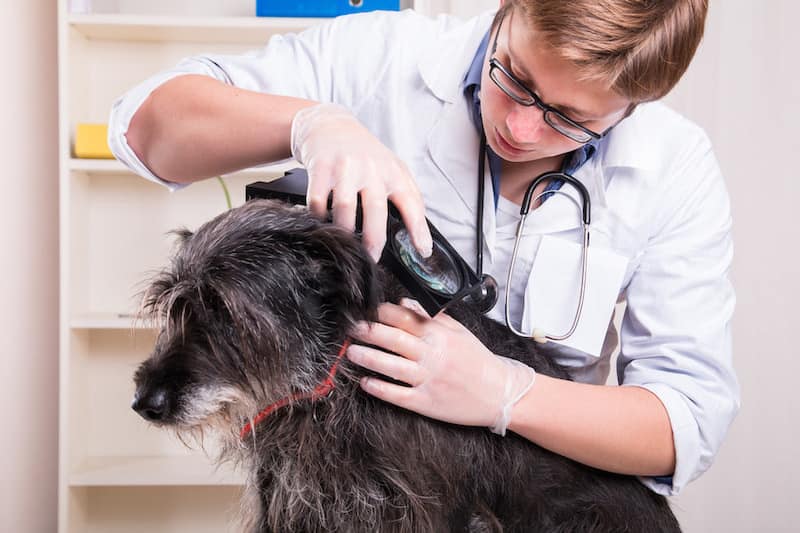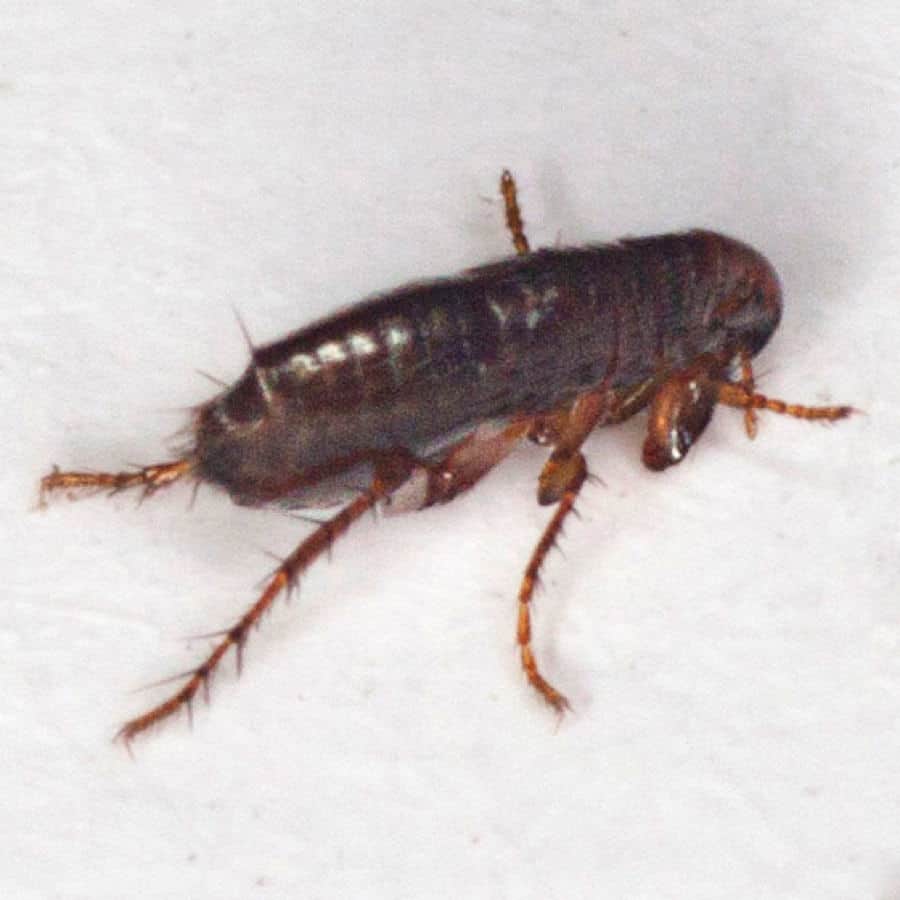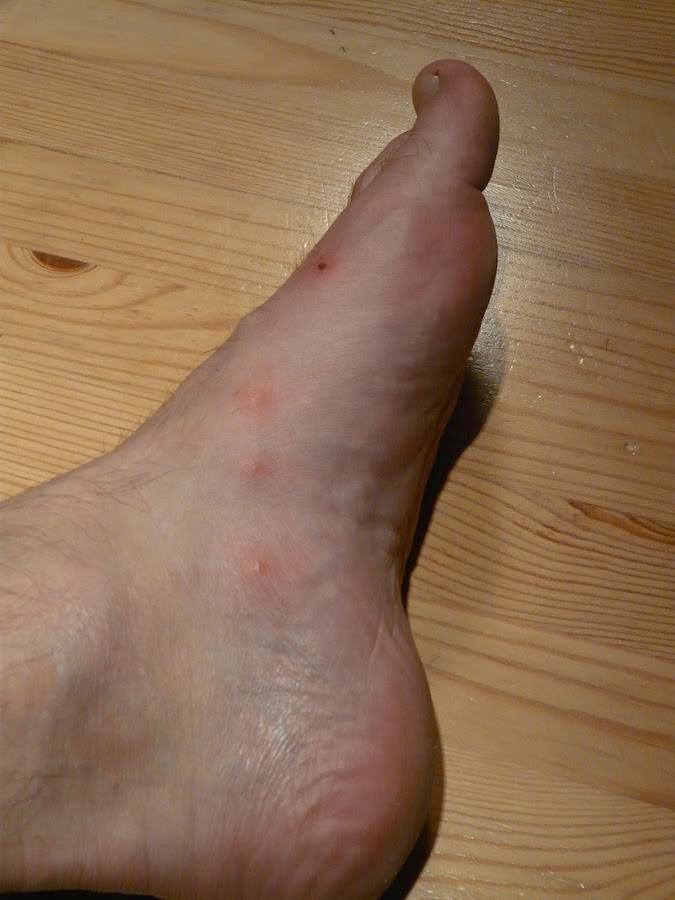What Do Flea Eggs Look Like?
Almost all pet owners will have struggled with the menace of fleas at some point in their lives. Fleas are determined parasites, who are capable of multiplying at truly alarming rates once they have found their way into your home and onto your pet.
In order to effectively battle fleas, it’s useful to understand their life cycle and reproductive habits. Flea eggs are a part of this cycle. Therefore, knowing what to look for can help you attend to the issue of fleas, before it escalates uncontrollably.
This article discusses the production of flea eggs, what they look like and where to find them in your home and on your pet.
Flea Egg Appearance
The eggs of a flea are extremely small. They are usually 0.019” long and 0.011” wide. Even though these eggs are so small, they can still be seen with the human eye. They are slightly larger than a grain of table salt.
When a female flea has just laid an egg, it will appear rather shiny and a little translucent. The color can be almost clear or a creamy white. After a bit of time has passed, the color changes again, becoming a brighter white.
If a larva is about to hatch, the shell becomes almost transparent, and the larva becomes visible inside the egg. As these eggs are either white or translucent, they are not always easy to identify on your pet, particularly if they have pale fur.
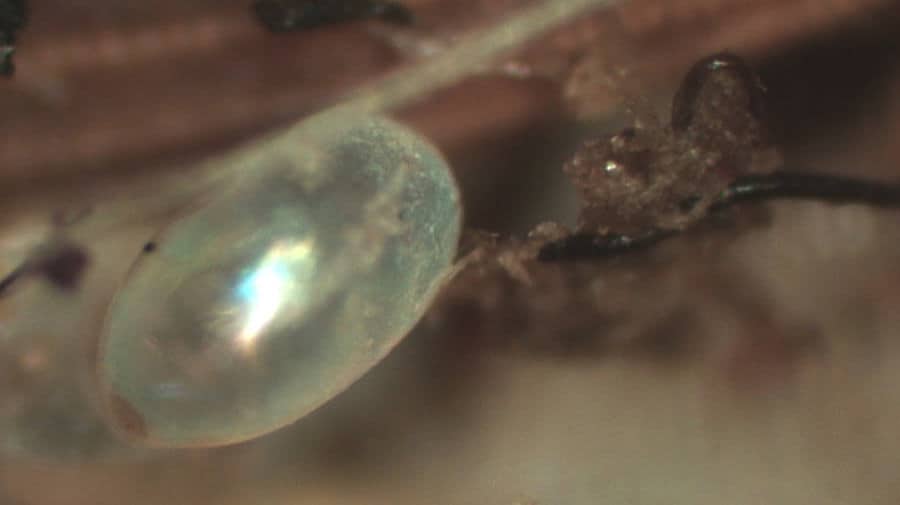
In some cases, the eggs may become dark brown or purple if you have used an insect growth regulator in recent days. These insect growth regulators interfere with the development of flea eggs and larvae, preventing them from reaching maturity effectively.
In terms of shape, flea eggs appear rather like grains of rice when viewed under a microscope. They are elongated and oval with smooth, round ends. The surface of the eggs can tell us much about how healthy they are.
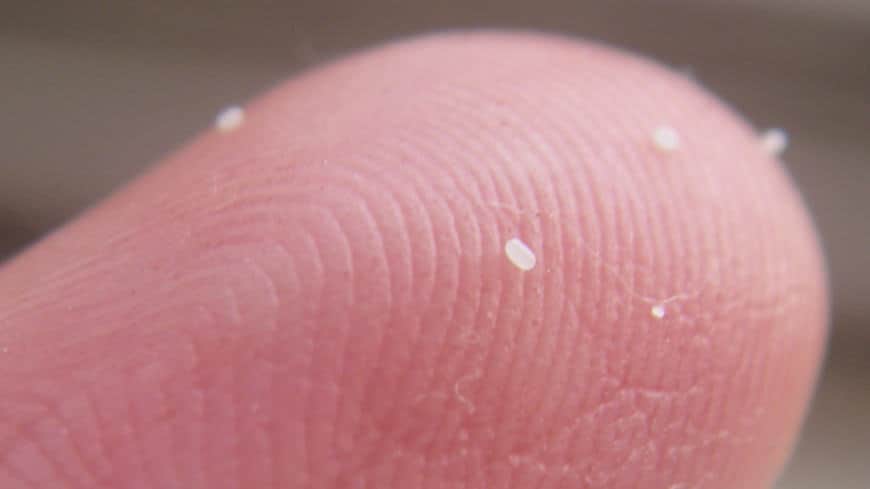
Eggs which have been in contact with pesticides, insecticides, or are not viable will look a little “deflated” or have fallen in on themselves completely. The outer shells on healthy flea eggs are generally smooth and featureless. They have tiny “pores” in their surfaces at each end, which allow for fertilization and respiration.
When the eggs are initially laid, they’re sticky and adhere to the fur around them. This doesn’t last for long; once they have dried out, they lose their attachment and quickly fall to the ground.
Once upon the ground, they can be mistaken for grains of sand, salt or sugar. They are rarely found in clusters, as they are distributed randomly when your pet moves around the home.
Where Do Fleas Lay Eggs?
Fleas only lay eggs upon their hosts. Contrary to what you may have heard, they do not lay them on the ground or in cracks in the walls. Once a flea has taken up residence upon a host, it will aim to remain there for the duration of its life.
The main reason fleas end up being removed from their hosts is due to grooming, either by you or your pet. If the flea survives being dislodged and is not injured, it will immediately seek to return to the host as soon as possible to feed and breed.
Fleas have their own favored areas on where to live upon your pet. If you have a dog, fleas tend to congregate around the haunches and base of the tail. On cats, fleas like to stay around the back of the neck and between the shoulders.
These areas are preferred because they are the hardest areas for your pet to reach when they are grooming themselves.
Adult fleas need to have constant access to blood meals to effectively breed and reproduce. Female fleas undergo a change in metabolic rate when they begin to produce eggs.
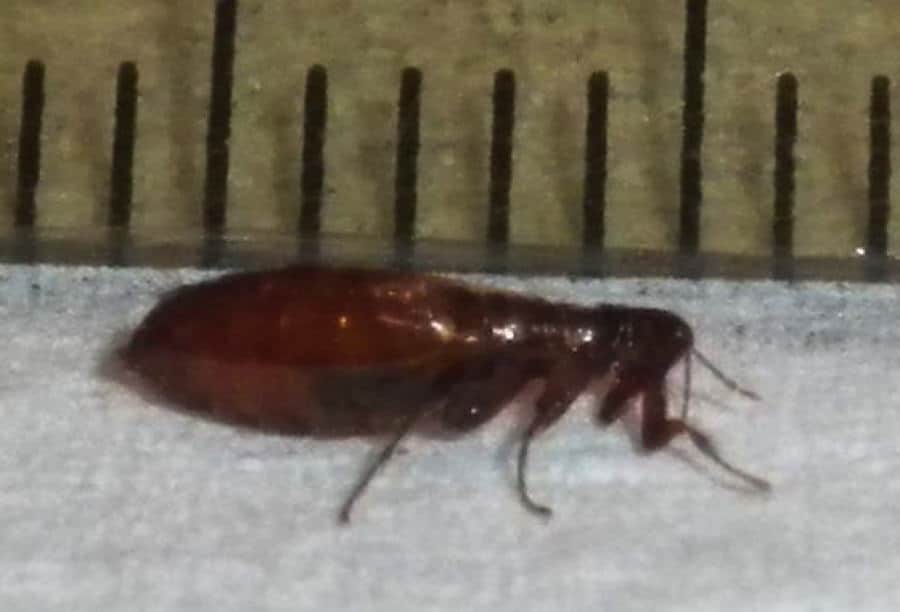
This change requires more regular feedings to sustain her own health, as well as the energy needed to produce her eggs. As a result, if an egg-producing female is dislodged from the host, she will die from starvation within 24 hours.
Fleas will lay the majority of their eggs in the areas they frequent the most: the haunches, base of tail, nape of the neck, and between the shoulders. Once the eggs are dry, their shape allows for them to easily slip through the fur and drop to the ground.
Almost all eggs will have been dislodged from the host within a day of being laid. A study found that 60% of eggs had fallen off a cat within two hours of laying, and 70% had fallen after 8 hours. Many eggs are also consumed by the host during grooming, but this does not have any real impact upon the population growth of fleas.
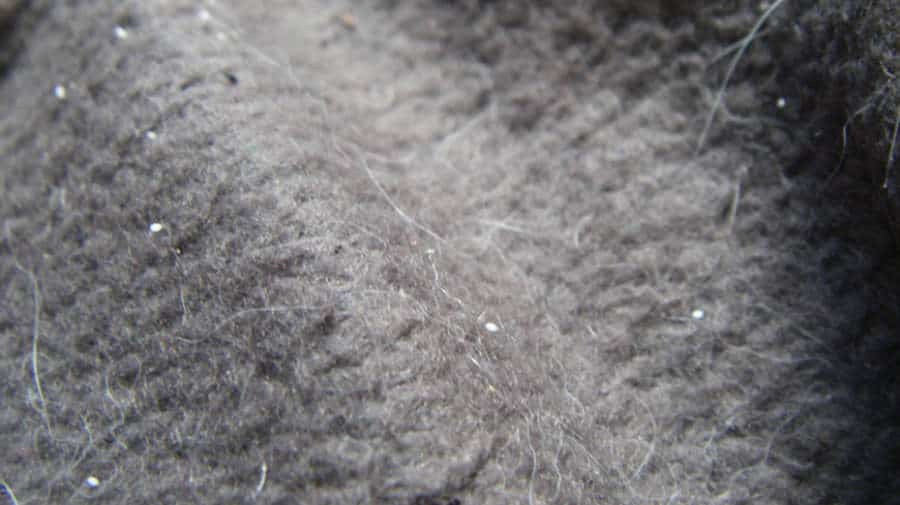
The time it takes for eggs to fall from your pet depends heavily on how long their fur is, as well as how active they are. The itchiness from flea bites naturally encourages scratching, which contributes to faster shedding of dry eggs.
The eggs which have fallen from the coat are scattered anywhere your pet has been. “Hot spots” for flea egg accumulation are the areas where your pet likes to sleep or play. If the floor is carpeted, flea eggs will gather deep within the fibers. They will remain there until they hatch.
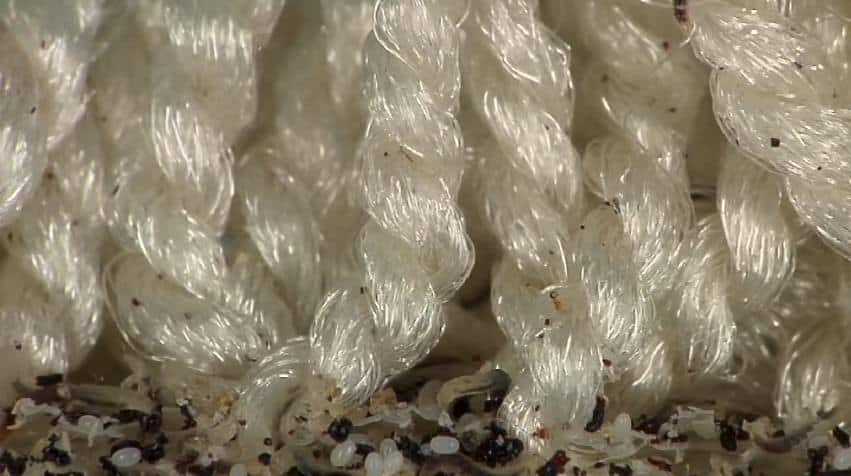
How to Spot Flea Eggs on Dogs and Cats
Locating flea eggs on your pet is particularly difficult if they have light-colored fur, although this will make it easier for you to spot adult fleas. Adult fleas appear as small, dark brown or black specks, which often leap away soon after being exposed. Wherever you see fleas, there are sure to be flea eggs.
The best way to thoroughly check your dog or cat for fleas is with a flea comb and a sheet of white and dark colored paper. Flea combs are very finely toothed combs that are able to trap and pull fleas, their eggs, and feces from the coat. They are very useful for getting close to the skin at the base of the fur, where recently laid eggs are often located.
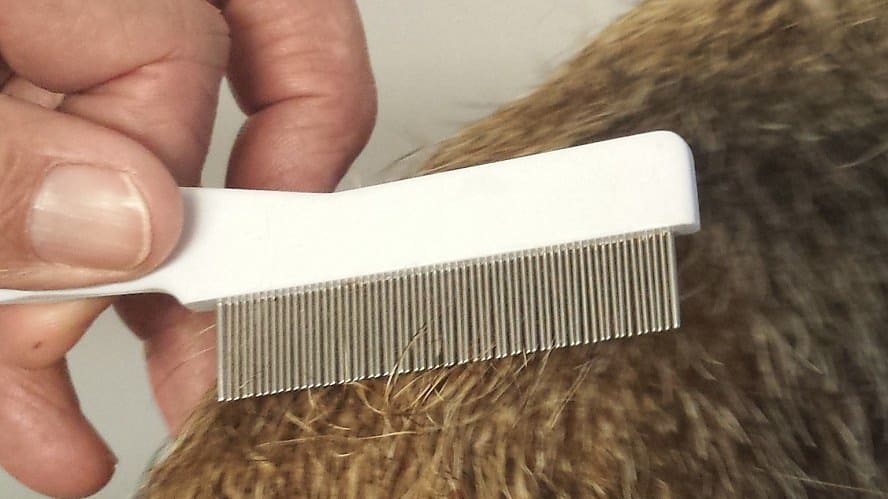
Flea eggs on cats are usually easier to comb out due to the softer fur, while flea eggs on dogs can be a little tougher to extract and visibly see.
Take the comb and start to run it gently but firmly through the fur, separating it so you can see the skin beneath. Begin by checking the areas in which fleas love to hide. You may see evidence of flea bites on the skin too. These look like little red bumps which may appear inflamed due to scratching and chewing.
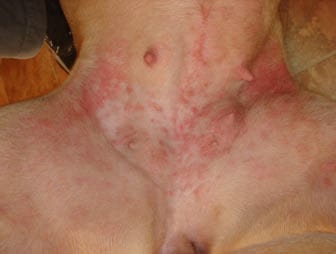
Once you have run the comb through the fur a few times, have a close look at what has been caught in the teeth. If your pet has dark fur, you may be able to spot little white specks amongst the hairs. If your pet has light fur, you can tap the comb onto a sheet of dark paper for clearer identification of any eggs present.
If you don’t have any dark paper to use, a key sign that your pet has fleas is the presence of “flea dirt.” This is especially evident on light-haired animals and generally accumulates in areas where flea eggs will also be.
Flea dirt is another term for flea excrement. Its appearance resembles specks of black pepper clustered at the base of the fur. The dirt will also be trapped among the teeth of the flea comb.
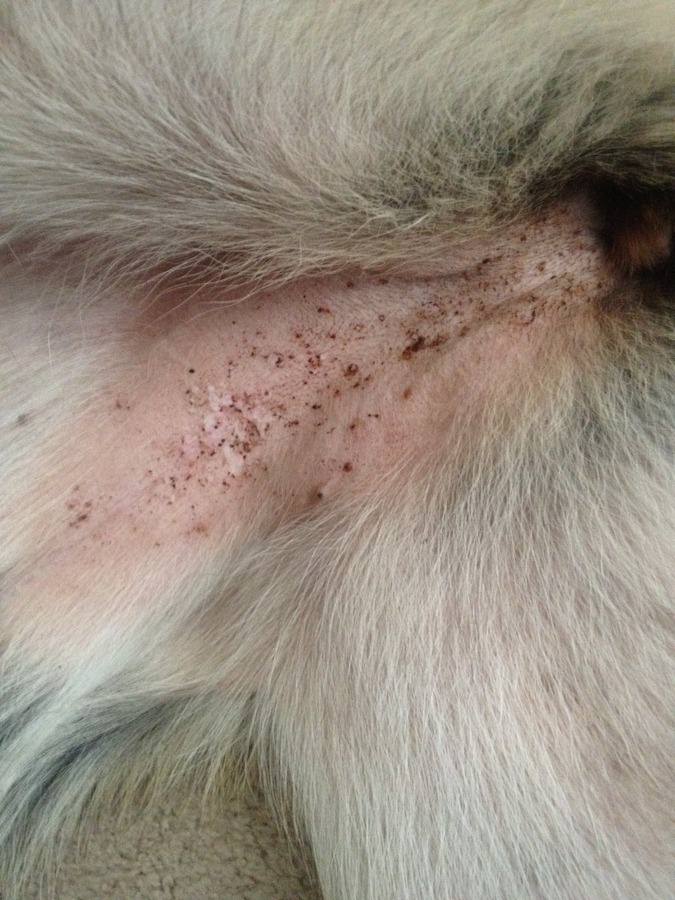
If you are not sure whether any specks are flea dirt or just dirt, the best way to check is by dropping them onto a piece of damp tissue. If it is flea dirt, the blacks specks will start to melt into patches of red/brown gel. This is due to the digested blood in the feces.
Furthermore, it is useful to know the differences between flea eggs and regular dandruff on your pet. They look very similar to each other, being small, white, and settled among the fur. You will need to look closely to determine the differences.
Dandruff is flakes of dry, dead skin. These flakes of shed skin are very light and thin, but crucially, they are in a variety of irregular shapes. Flea eggs have a uniform shape like a tiny grain of rice. If you are unsure, you will likely need a magnifying glass to be certain which you have found upon your pet.
It is worth noting here that fleas can contribute to dry and flaky skin. Therefore, if you locate dandruff before eggs, do not initially assume that your pet is flea-free.
How Many Eggs Do Fleas Lay?
Fleas reproduce sexually, so they must meet and mate to lay viable eggs. Feeding female fleas can still lay eggs if they haven’t mated, but these eggs will be unfertilized and will not develop or hatch. When a female has mated, the majority of the eggs she lays will be viable and she will quadruple the rate of her egg production.
Female cat fleas will usually lay an average of 20-30 eggs per day, although one study reported a female laying more than 45 eggs in one day. The total amount of eggs one female will lay on your pet depends upon her lifespan.
Generally, fleas will live for around a week on their host in normal environmental conditions. This would equate to about 180 eggs per female flea per week.
Female fleas have two ovaries which contain six “ovarioles,” so they have 12 ovarioles in total. These ovarioles are capable of producing a total of 20 eggs a day, so each ovariole can create more than one egg in any 24 hours. Female fleas produce new egg cells continuously throughout their life.
Once female fleas begin to reproduce, they will hold mature eggs in 50% of their ovarioles. At any one time, a female flea will be holding 6 “ready-to-lay” eggs in her abdomen.
In most cases, a female will not hold more than 7 eggs within her abdomen at any one time, but during one study, a female was reported to be holding 13 eggs. Flea eggs are quite large when compared to the size of a female flea, so holding this many eggs is very rare.
Cat fleas can reproduce at an astonishing rate. Females will usually produce one egg every hour, sometimes more. An egg-producing female can manufacture her body weight in eggs every day.
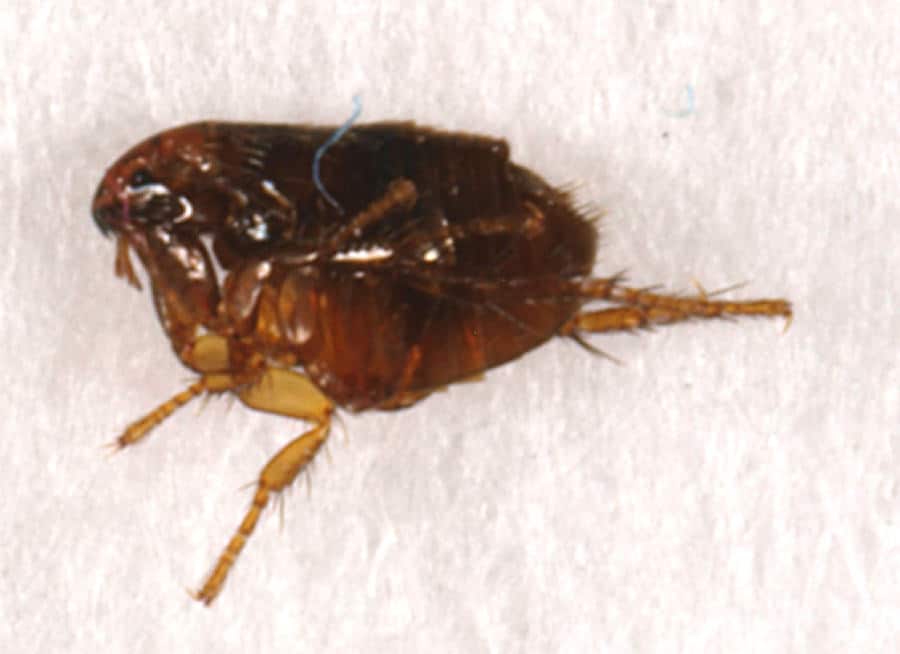
Female fleas must consume blood to begin to produce eggs. This process will begin around 2 days after she has had her very first feed on her host. She will often begin to produce eggs slowly, laying about 5-10 eggs per day for the first few days before the rate of production increases.
Fleas will keep reproducing for as long as they live. They do not have a breeding season, but they will begin to produce fewer eggs as they age. Fleas which live as long as three months are often producing less than half the eggs they would have been at the beginning of their reproductive life.
Many of the eggs laid by females fleas do not make it to maturity or hatch into larvae. These non-fertile eggs can make up as much as 46% of the eggs which are deposited. These eggs still serve a purpose and do not go to waste; unviable eggs provide a nutritious food source for hatched flea larvae.
A little-known fact is that flea fertility and egg production rates are directly affected by the blood diet in which they are consuming. Cat fleas attain peak fertility on a diet of cat or dog blood, as this is the diet their biology has evolved to thrive upon.
If cat fleas find themselves in the absence of their preferred hosts, they will bite and feed upon humans to avoid starvation. However, while human blood can keep fleas alive, their fertility will be greatly reduced on a diet of human blood alone. This means that if you live in a pet-free home, the population growth of a flea infestation will be significantly slower than in a home which harbors cats and/or dogs.
Summary
Fleas are tricky pests to beat. They reproduce incredibly quickly and one fertile female flea can lead to a large infestation in just a few weeks. Unfortunately, because fleas and their eggs are so small, it is likely that you will not notice their presence until the population has already multiplied to a level which will cause a problem.
Understanding the flea life cycle is crucial to effectively fighting fleas. Armed with knowledge about how fleas reproduce, what flea eggs look like, and where to find them, you will be better prepared to recognize a flea invasion before it becomes out of control.

